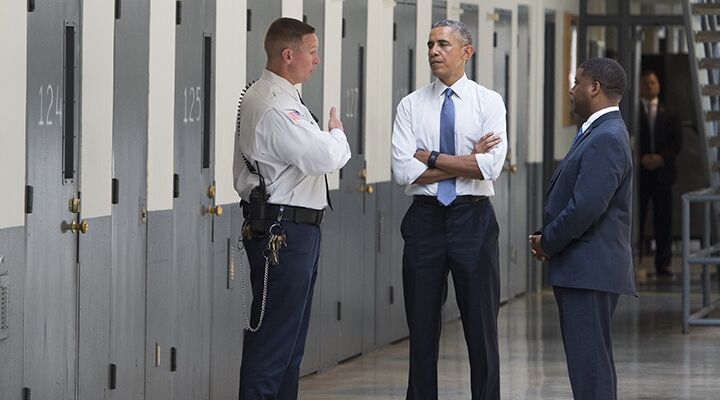
Is President Obama Really Only Commuting Low-level Offenders?
United States President Barack Obama announced on March 30 the commutation of another 61 prisoners serving non-violent drug crimes. This brought the total number of prisoners granted clemency during his terms to 248—more than the previous six presidents combined.
The president explained his reasoning for the decision after sharing a meal with some of the prisoners his administration granted clemency to. He said listening to stories of former prisoners “reminded [him] of how out of proportion and counterproductive so much of our sentencing [is] when it comes to our drug laws.”
The list of commutations provided by the White House identified the supposedly puny “low-level” offenses that the prisoners had committed. Unfortunately, what is considered “low-level” to the White House may be a little different to the average person.
None of the 61 prisoners were serving time for mere possession of illegal drugs—all were convicted based on “intent to distribute” or actually “distributing.” Dealing of marijuana was not relevant, since every offender was involved in dealing a more harmful drug.
The “low-level” offenders were involved in the distribution of the following drugs:
Nearly 20 percent of those convicted, 12 out of the 61, were also charged with firearms offenses. More than a third were serving life sentences.
(Listen to Trumpet Daily Radio Show host Stephen Flurry discuss President Obama’s legacy on criminal reform and his latest actions.)
Yet approving clemency cases has become one of the president’s “top priorities” before he leaves office—more than 10,000 cases are waiting. Many pundits have actually criticized the president for not working fast enough to ensure their release.
“Clemency of individual cases alone cannot fix decades of overly punitive sentencing policies,” the President’s White House counsel, Neil Eggleston, said. “So while we continue to work to resolve as many clemency applications as possible—and make no mistake, we are working hard at this—only broader criminal justice reform can truly bring justice to the many thousands of people behind bars serving unduly harsh and outdated sentences.”
Yet Investor Business Daily noted that the commutations themselves barely scratch the surface of the de facto administration-orchestrated jailbreak. It gave one example of a tragic release case:
Just last month, a convicted crack dealer, who left prison early as part of the Obama administration’s mass release of federal inmates, was indicted in connection with the triple murders of his ex-girlfriend and her two young daughters, ages 7 and 10. Wendell L. Callahan, 35, allegedly broke into their Columbus, Ohio, apartment and brutally and fatally stabbed all three victims, while seriously injuring a fourth person.
Callahan should have been in jail when the crimes occurred, but he was released several years early, thanks to Obama’s sympathy for crack dealers.
In some cases, giving criminals a premature “second chance” has meant the chance to continue their criminal activity. Read “The Worst Prison Break in American History” to see just how dangerous releasing convicted criminals can be.
